Tag: James River
Wikipedia says: The James River is a river in the U.S. state of Virginia that begins in the Appalachian Mountains and flows 348 miles (560 km) to Chesapeake Bay. The river length extends to 444 miles (715 km) if one includes the Jackson River, the longer of its two source tributaries. It is the longest river in Virginia. Jamestown and Williamsburg, Virginia’s first colonial capitals, and Richmond, Virginia’s current capital, lie on the James River.
The Native Americans who populated the area east of the Fall Line in the late 16th and early 17th centuries called the James River the Powhatan River, named for the chief of the Powhatan Confederacy which extended over most of the Tidewater region of Virginia. The Jamestown colonists named it “James” after King James I of England, as they constructed the first permanent English settlement in the Americas in 1607 at Jamestown along the banks of the James River about 35 miles (56 km) upstream from the Chesapeake Bay.
The navigable portion of the river was the major highway of colonial Virginia during its first 15 years, facilitating supply ships delivering supplies and more emigrants from England. However, for the first five years, despite hopes of discovering gold ores, these ships sent little of monetary value back to the sponsors. In 1612, businessman John Rolfe successfully cultivated a non-native strain of tobacco which proved popular in England. Soon, the river became the primary means of exporting the large hogsheads of this cash crop from an ever-growing number of plantations with wharfs along its banks. This development made the proprietary efforts of the Virginia Company of London successful financially, spurring even more development, investments and immigration. Below the falls at Richmond, many James River plantations had their own wharfs, and additional ports and/or early railheads were located at Warwick, Bermuda Hundred, City Point, Claremont, Scotland, and Smithfield, and, during the 17th century, the capital of the Colony at Jamestown.
Navigation of the James River played an important role in early Virginia commerce and the settlement of the interior, although growth of the colony was primarily in the Tidewater region during the first 75 years. The upper reaches of the river above the head of navigation at the fall line were explored by fur trading parties sent by Abraham Wood during the late 17th century.
Although ocean-going ships[clarification needed] were unable to navigate beyond present-day Richmond, portage of products and navigation with smaller craft to transport crops other than tobacco was feasible. Produce from the Piedmont and Great Valley regions traveled down the river to seaports at Richmond and Manchester through such port towns as Lynchburg, Scottsville, Columbia and Buchanan.
Showing 1–16 of 479 results
-
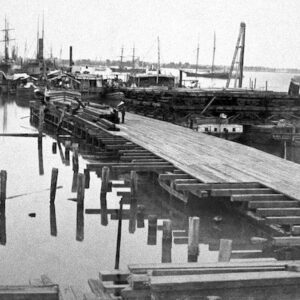
Image ID: AAHN
$3.99 -
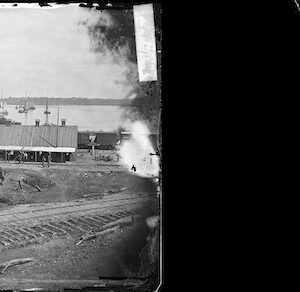
Image ID: AAHS
$4.99 -
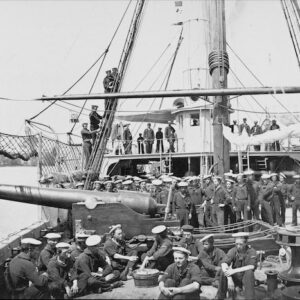
Image ID: AAHT
$6.99 -
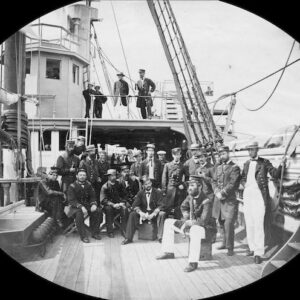
Image ID: AAHU
$6.99 -
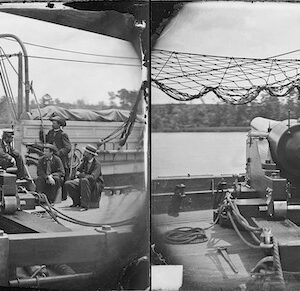
Image ID: AAHV
$3.99 This product has multiple variants. The options may be chosen on the product page -
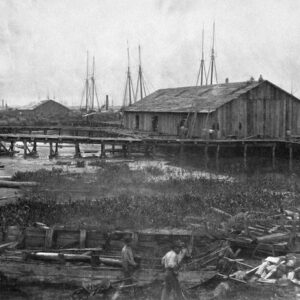
Image ID: AAHX
$3.99 -
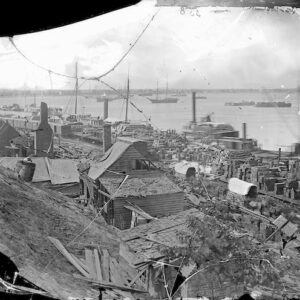
Image ID: AAHZ
$1.99 – $4.99 This product has multiple variants. The options may be chosen on the product page -
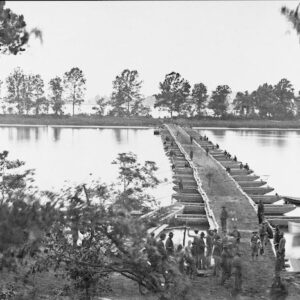
Image ID: AAIA
$6.99 -
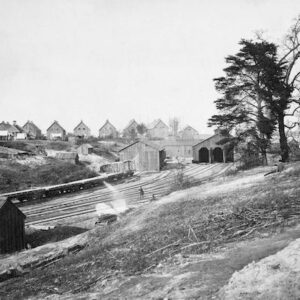
Image ID: AAIB
$6.99 -
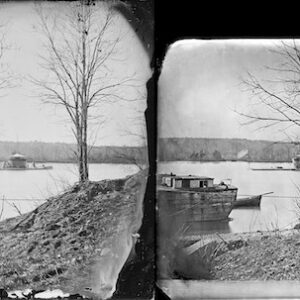
Image ID: AAIG
$5.99 -
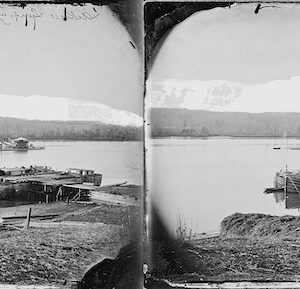
Image ID: AAIH
$3.99 – $4.99 This product has multiple variants. The options may be chosen on the product page -
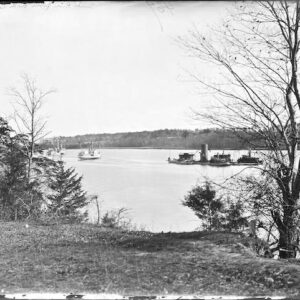
Image ID: AAIL
$4.99 – $5.99 This product has multiple variants. The options may be chosen on the product page -
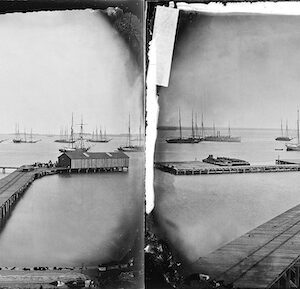
Image ID: AAIN
$3.99 This product has multiple variants. The options may be chosen on the product page -
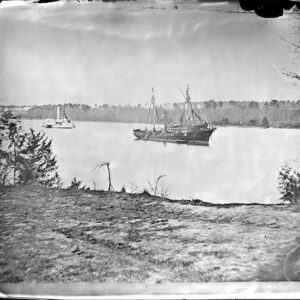
Image ID: AAIW
$3.99 -
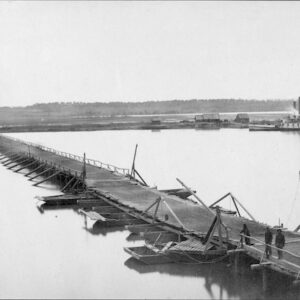
Image ID: AAIX
$5.99 -
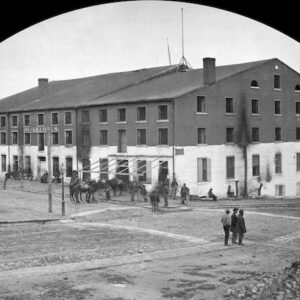
Image ID: AAJP
$6.99